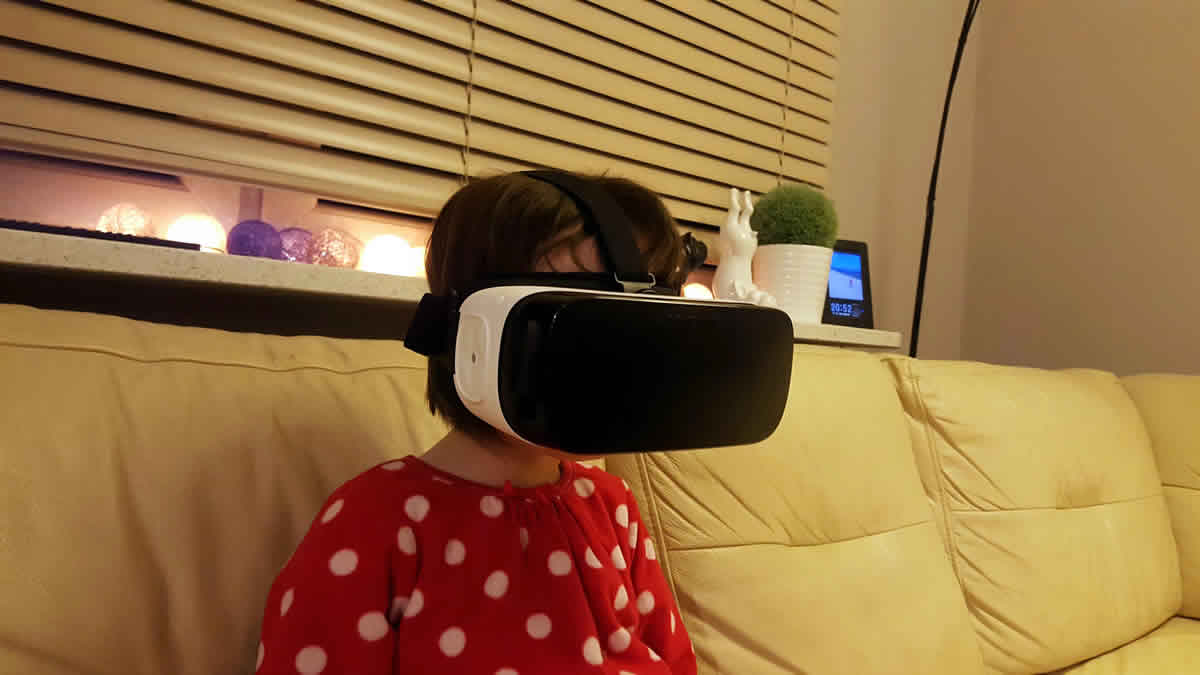Massive open online courses (MOOCs) were supposed to bring a revolution in education. But they haven’t lived up to the expectations . We have been putting educators in front of cameras and shooting video — just as the first TV shows did with radio stars, microphone in hand.
copyright by inc42.com
 This is not to say the millions of hours of online content are not valuable; the limits lie in the ability of the underlying technology to customise the material to the individual and to coach. That is about to change, though, through the use of virtual reality, artificial intelligence and sensors.
This is not to say the millions of hours of online content are not valuable; the limits lie in the ability of the underlying technology to customise the material to the individual and to coach. That is about to change, though, through the use of virtual reality, artificial intelligence and sensors.
Meet Clifford and Rachael
Let me illustrate this with an imaginary school of the future in which Clifford is an artificial intelligence, a digital tutor, and Rachael is the human educational coach.
Clifford has been with the children for years and understands their strengths and weaknesses. He customizes each class for them. To a child who likes reading books, he teaches mathematics and science in a traditional way, on their tablets. If they struggle with this because they are more visual learners, he asks them to put on their virtual reality headsets for an excursion, say, to ancient Egypt.
Watching the design and construction of the pyramids, children learn the geometry of different types of triangles and the mathematics behind these massive timeless monuments. They also gain an understanding of Egyptian history and culture by following the minds of the geniuses who planned and constructed them.
Clifford will meet with the parents
Clifford also teaches art, music, and biology through holographic simulations.
By using advanced sensors to observe the children’s pupillary size, their eye movements and subtle changes in the tone of their voice, Clifford registers their emotional state and level of understanding of the subject matter. There is no time pressure to complete a lesson, and there are no grades or exams. Yet Clifford can tell the parents how the child is doing whenever they want to know and can advise the human, Rachael, on what to teach.
Rachael does not lecture or scrawl facts or equations on a blackboard. She is there to listen and help. She asks questions to help develop the children’s values and thinking and teaches them how to work with one other. She has the responsibility of ensuring that students learn what they need to, and she guides them in ways Clifford cannot. She also helps with the physical side of projects, things made out of real materials rather than in mind and machine. […]
Thank you for reading this post, don't forget to subscribe to our AI NAVIGATOR!
read more – copyright by inc42.com


Massive open online courses (MOOCs) were supposed to bring a revolution in education. But they haven’t lived up to the expectations . We have been putting educators in front of cameras and shooting video — just as the first TV shows did with radio stars, microphone in hand.
copyright by inc42.com
Meet Clifford and Rachael
Let me illustrate this with an imaginary school of the future in which Clifford is an artificial intelligence, a digital tutor, and Rachael is the human educational coach.
Clifford has been with the children for years and understands their strengths and weaknesses. He customizes each class for them. To a child who likes reading books, he teaches mathematics and science in a traditional way, on their tablets. If they struggle with this because they are more visual learners, he asks them to put on their virtual reality headsets for an excursion, say, to ancient Egypt.
Watching the design and construction of the pyramids, children learn the geometry of different types of triangles and the mathematics behind these massive timeless monuments. They also gain an understanding of Egyptian history and culture by following the minds of the geniuses who planned and constructed them.
Clifford will meet with the parents
Clifford also teaches art, music, and biology through holographic simulations.
By using advanced sensors to observe the children’s pupillary size, their eye movements and subtle changes in the tone of their voice, Clifford registers their emotional state and level of understanding of the subject matter. There is no time pressure to complete a lesson, and there are no grades or exams. Yet Clifford can tell the parents how the child is doing whenever they want to know and can advise the human, Rachael, on what to teach.
Rachael does not lecture or scrawl facts or equations on a blackboard. She is there to listen and help. She asks questions to help develop the children’s values and thinking and teaches them how to work with one other. She has the responsibility of ensuring that students learn what they need to, and she guides them in ways Clifford cannot. She also helps with the physical side of projects, things made out of real materials rather than in mind and machine. […]
Thank you for reading this post, don't forget to subscribe to our AI NAVIGATOR!
read more – copyright by inc42.com
Share this: